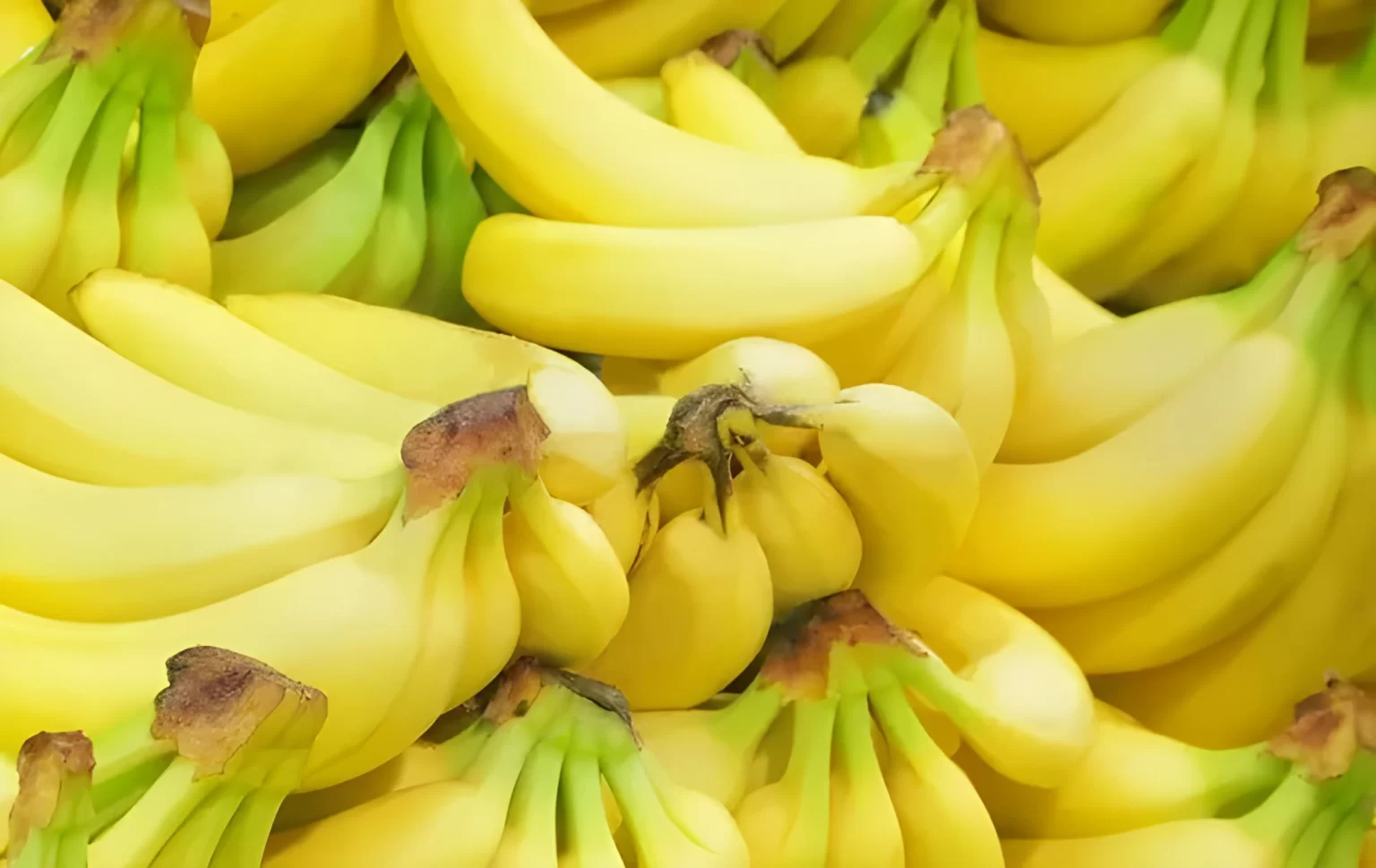3. Believe it or not, snakes can be pregnant too.

Snakes, though often misunderstood, play crucial roles in ecosystems worldwide. Depending on the species, female snakes may lay eggs, retain eggs until they hatch, or give birth to live young.
Pregnancy can last from a few months to over a year, with offspring numbers varying widely. Pregnant snakes need to eat more frequently as their metabolism increases. They often seek warmer spots to maintain optimal temperature for their developing young. During this period, the mother becomes more vulnerable since movement is constrained by her increased size. She must balance her need for food against the risks of hunting while pregnant. For egg-laying species, the mother meticulously selects nesting sites with perfect temperature, humidity, and protection from predators. After birth or hatching, the young are typically left to fend for themselves, relying on innate instincts to survive. Witnessing a baby snake emerge or observing a mother’s care offers a fascinating insight for nature enthusiasts. The diversity of snake reproductive strategies underscores the remarkable adaptations these reptiles have evolved over millions of years.
Advertisement
Recommended Reading: Bizarre Encounters: Unusual Characters Seen on the Subway
You are viewing page 3 of this article. Please continue to page 4
























Nudges deliberate choices.